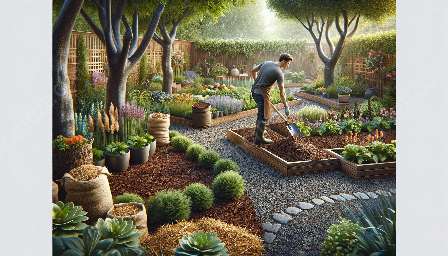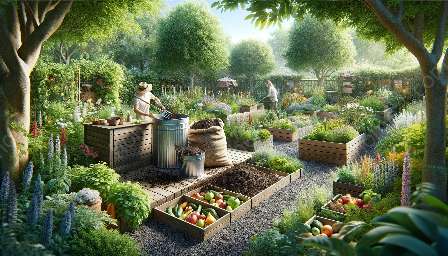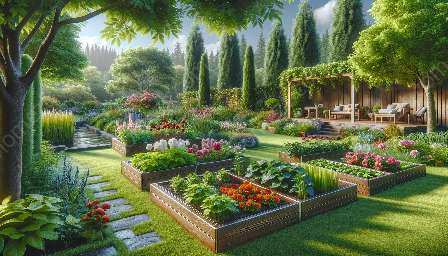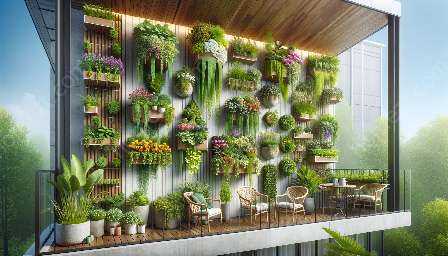Pruning is an essential practice in gardening and landscaping, aimed at maintaining the health, appearance, and productivity of plants. It involves the selective removal of specific parts of a plant, such as branches, roots, or buds, to stimulate growth and development. Pruning is a technique that, when done correctly, can enhance the overall beauty, structure, and longevity of plants, trees, and shrubs. Understanding the principles of pruning and applying the appropriate techniques is crucial for the success of any garden or landscape project.
The Basics of Pruning
To begin with, it's important to understand the reasons behind pruning and the basic principles that guide this practice. Pruning serves several purposes, including:
- Promoting Growth: By removing dead or overgrown parts, pruning encourages new growth and development, leading to healthier and fuller plants.
- Shaping and Structure: Pruning helps maintain the desired shape and structure of plants, contributing to a neat and aesthetically pleasing appearance.
- Disease and Pest Control: Removing diseased or infested parts through pruning can prevent the spread of diseases and pest infestations throughout the entire plant.
- Enhancing Flowering and Fruiting: Proper pruning methods can encourage better flowering and fruiting, ultimately improving the overall productivity of plants.
Types of Pruning
There are various types of pruning techniques, each serving different purposes and targeting specific areas of a plant:
- Cleaning Pruning: Involves the removal of dead, diseased, or weak branches to maintain plant health and appearance.
- Thinning Pruning: Focuses on reducing the density of a plant by eliminating selected branches, which allows better air circulation and light penetration into the plant canopy.
- Heading Pruning: This technique involves cutting back the tips of branches to encourage dense growth and branching at the site of the cut.
- Rejuvenation Pruning: Used for older, overgrown plants, rejuvenation pruning involves drastic cutting to stimulate new growth and revitalize the plant.
Tools and Techniques
Using the right tools and techniques is crucial for successful pruning. Some essential tools for pruning include hand pruners, loppers, pruning saws, and hedge shears. Techniques such as making proper cuts to avoid damage, considering the natural growth pattern of the plant, and observing the appropriate timing are all key factors in effective pruning.
Benefits of Pruning
Pruning offers numerous benefits to gardens and landscapes, including:
- Improved Plant Health: Regular pruning can prevent disease, improve air circulation, and promote overall plant health.
- Enhanced Appearance: Well-pruned plants look more aesthetically pleasing and can contribute to a visually appealing garden or landscape.
- Increased Productivity: Proper pruning can lead to better flowering, fruiting, and overall growth, increasing the productivity of plants.
- Safety and Structure: Pruning can remove hazardous or overgrown branches that pose a risk to property or people, as well as maintain the structure and form of plants.
Conclusion
Pruning is both an art and a science that plays a crucial role in gardening and landscaping. Understanding the fundamentals of pruning and employing the appropriate techniques can lead to healthier, more vibrant plants and visually stunning landscapes. By mastering the skill of pruning, gardeners and landscapers can create and maintain beautiful, productive outdoor spaces that are a testament to the artistry and care of those who tend them.




















